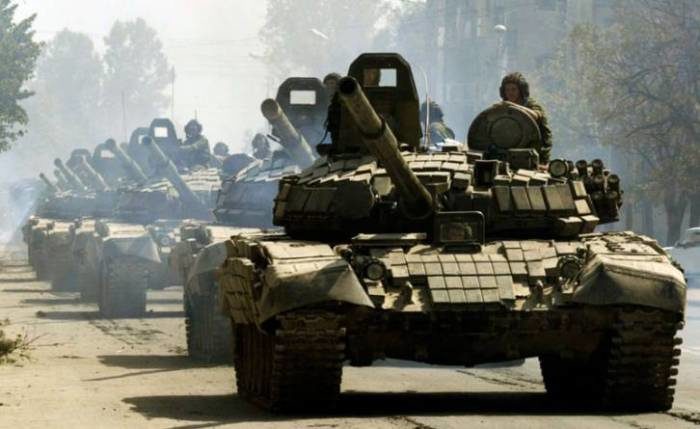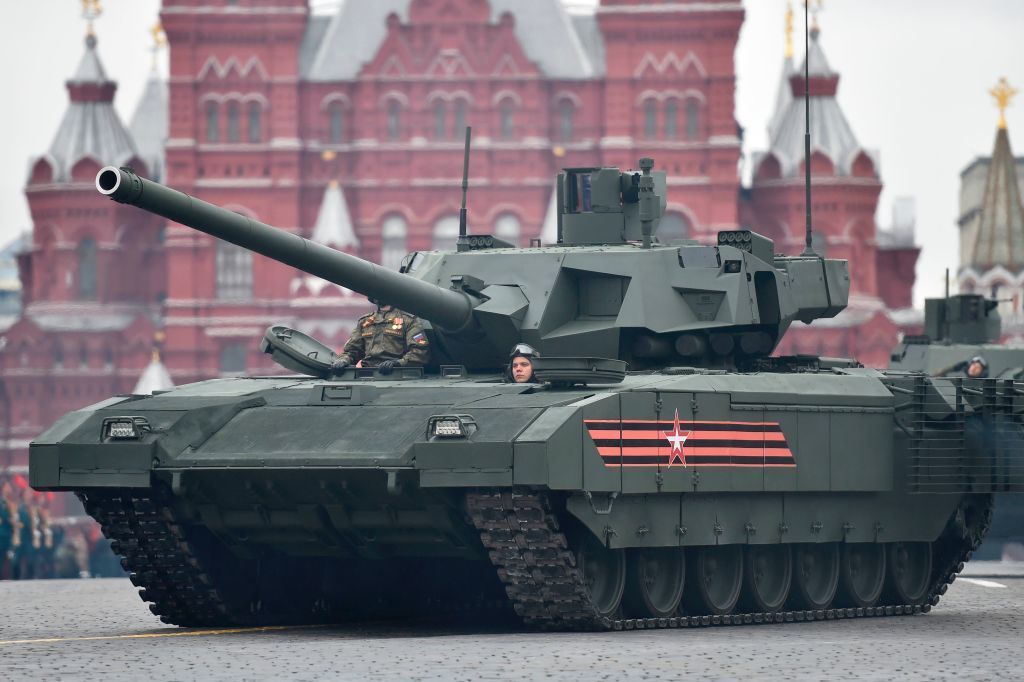
This spurred the development of anti-handling devices for anti-tank mines. Notably, Republican forces lifted mines placed by Nationalist forces and used them against the Nationalists. Anti-tank mines were used by both sides during the Spanish Civil War. A second mine, the Tellermine 35 was developed in 1935. It was a disc-shaped device approximately 30 cm across filled with about 5 kg of high explosives. Meanwhile, in Germany, defeat spurred the development of anti-tank mines, with the first truly modern mine, the Tellermine 29, entering service in 1929.

The mine, which was developed by Yegorov and Zelinskiy, had a 1 kg charge, which was enough to break the tracks of contemporary tanks. The Soviet Union began developing mines in the early 1920s, and in 1924 produced its first anti-tank mine, the EZ mine. tank casualties during the Battle of Saint-Mihiel, Third Battle of the Aisne, Battle of Selle and Meuse-Argonne Offensive. By the end of the war, the Germans had developed row mining techniques, and mines accounted for 15% of U.S. Later, purpose-built mines were developed, including the Flachmine 17, which was simply a wooden box packed with explosives and triggered either remotely or by a pressure fuze.

Initially they were nothing more than a buried high-explosive shell or mortar bomb with its fuze upright. The first anti-tank mines were improvised during the First World War as a countermeasure against the first tanks introduced by the British towards the end of the war. In anti-tank warfare, an anti-tank mine (abbreviated to "AT mine") is a type of land mine designed to damage or destroy vehicles including tanks and armored fighting vehicles.Ĭompared to anti-personnel mines, anti-tank mines typically have a much larger explosive charge, and a fuze designed to be triggered by vehicles or, in some cases, remotely or by tampering with the mine. Type of land mine designed to destroy tanks A Russian TM-46 anti-tank blast mine.


 0 kommentar(er)
0 kommentar(er)
